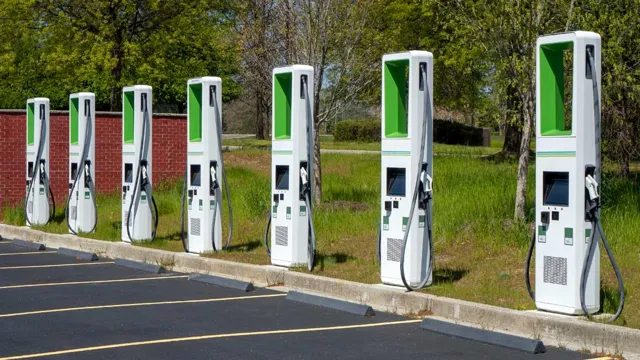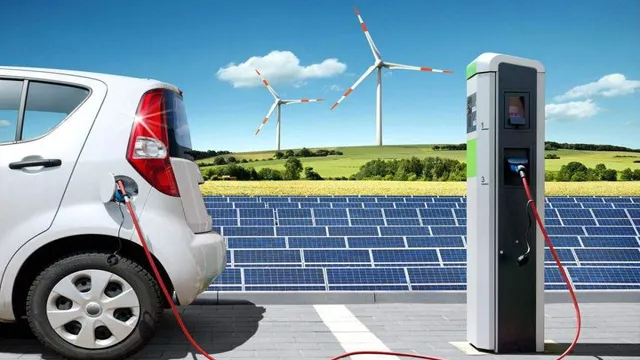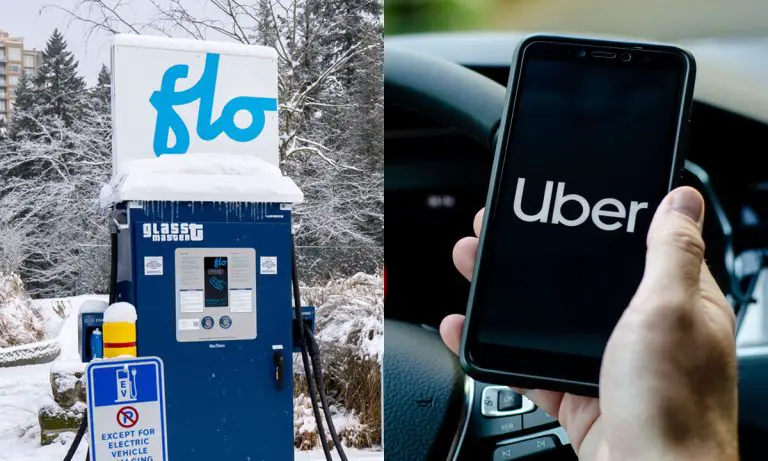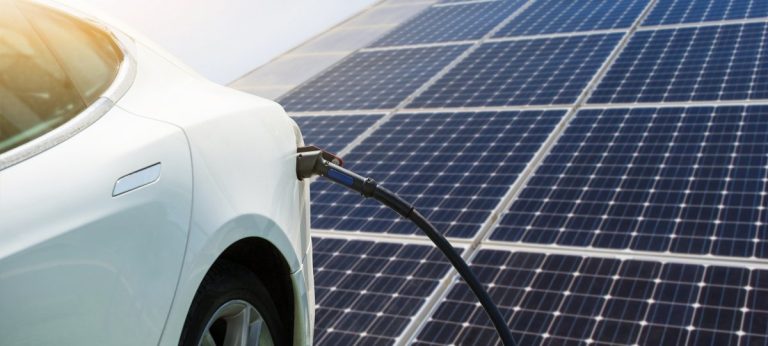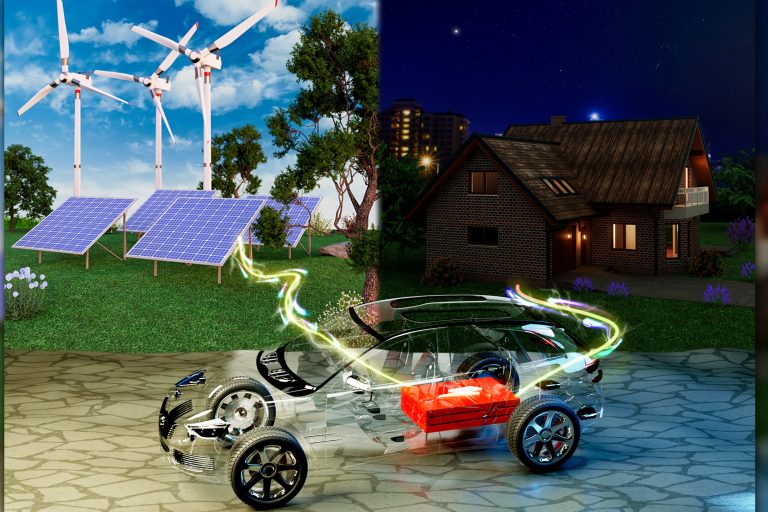Revolutionizing the Future of Transportation: A Comprehensive Report on Electric Cars Charging Infrastructure
Electric cars are the wave of the future. We all know that. What many of us are wondering is what the future of electric car charging looks like.
Will we be tethered to charging stations for hours at a time? Will electric cars simply die on the side of the road when they run out of juice? The answers to these questions are a bit more complicated than a simple yes or no. But, in short, the future of electric car charging is looking bright. With advancements in technology and infrastructure, charging electric cars is becoming more accessible and convenient than ever before.
Let’s take a closer look.
Current Status and Outlook
The electric cars charging infrastructure report shows a positive outlook for the future of electric vehicles. The world is gradually shifting towards cleaner energy, and electric vehicles are a key component of this shift. A report by Bloomberg New Energy Finance predicts that by 2040, 57% of all passenger vehicles sold worldwide will be electric.
However, the growth of the electric car market is still limited by the availability of charging infrastructure. Governments and private companies are investing heavily in charging stations, and the report estimates that by 2025, there will be more than 12 million charging points globally. This development will make owning an electric car more viable, as drivers will have more options for charging their vehicles.
The report also notes that the growth of the electric vehicle market will have significant implications for the oil industry, as electric vehicles will increasingly replace traditional gasoline cars. In conclusion, the electric cars charging infrastructure report provides an optimistic outlook for the future of electric vehicles, and the continued expansion of charging infrastructure will make them a more viable option for drivers.
Statistics on Electric Car Sales and Charging Network
Electric car sales and charging network Electric cars have surged in popularity in recent years, with sales increasing by more than 40% year-over-year. That growth is forecasted to continue, driven by government incentives, regulations, and the expansion of charging infrastructure. In the US alone, there are more than 80,000 public charging points, and that number is expected to reach 500,000 by 2030.
This increase in infrastructure is crucial to support the projected growth in electric vehicles sales, which are expected to account for over 50% of new passenger car sales globally by 2040. This growth in the EV market will not only help to reduce greenhouse gas emissions, but also drive innovation and job creation in the clean energy sector. With all of these factors aligning, it’s an exciting time to be a part of the electric vehicle revolution.
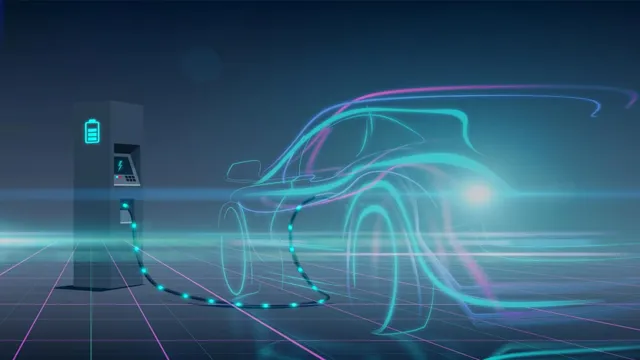
Projected Growth and Expansion of Charging Infrastructure
The projected growth and expansion of charging infrastructure is looking promising for electric vehicles (EVs) in the near future. The current status shows a steady increase in charging stations, but there is still a long way to go. According to a report by the International Energy Agency, over 7 million electric cars were on the road in 2019, which is a 60% increase from 201
To meet the demand for EVs, more charging stations are needed, and the good news is that governments and private companies are investing in charging infrastructure. In the US, President Joe Biden has proposed a $174 billion investment in EVs and charging stations. This investment will help to build 500,000 new charging stations across the country by 2030.
Likewise, private companies like EVgo and ChargePoint are expanding their network of charging stations. As EV adoption continues to increase, so will the demand for charging infrastructure. The expansion of charging infrastructure will make EVs more accessible, ultimately leading to a reduction in carbon emissions and a cleaner environment.
Challenges and Innovations
The transition to electric cars has posed several challenges, and one of the biggest concerns is the lack of adequate charging infrastructure. However, numerous innovations have emerged to address this issue. According to a recent report on electric car charging infrastructure by BloombergNEF, the global number of publicly accessible chargers increased from 400,000 in 2017 to 862,000 in 2020.
Additionally, several companies are working on developing wireless charging technology that will eliminate the need for cables and charging ports. Tesla is taking a different approach by investing in superchargers that can charge their vehicles up to 80% in 30 minutes. Furthermore, governments across the world are offering various incentives to promote the installation of EV chargers, such as tax credits and grants to help businesses and individuals invest in charging infrastructure.
Despite the challenges, the innovations emerging in the electric car charging infrastructure sector are promising, and it is evident that the industry is making significant strides forward.
Barriers to Adoption of Electric Cars and Charging Infrastructure
One of the biggest barriers to the adoption of electric cars is the lack of charging infrastructure. While electric cars have come a long way in terms of range and efficiency, many buyers are still hesitant to make the switch because of concerns about the availability of charging stations. This is especially true in rural or remote areas, where there may be few or no charging options at all.
However, there are innovations being developed to help address these challenges. For example, some companies are exploring the use of wireless charging technology, which could make it easier to charge electric cars without the need for physical infrastructure. Additionally, blockchain technology is being used to create decentralized charging networks that can be accessed by anyone, ensuring that charging options are available even in areas with limited infrastructure.
By addressing these challenges head-on, we can help make electric cars and charging infrastructure more accessible to everyone.
Innovative Solutions and Technologies in Electric Car Charging
Electric car charging has come a long way since its inception. As more people opt for electric vehicles, the need for innovative charging solutions continues to grow. One of the biggest challenges facing electric car charging is the lack of charging infrastructure.
To combat this, companies are exploring new ways to make charging more accessible and convenient. One such innovation is wireless charging, which allows cars to charge without the need for a physical connection to a charging station. Another challenge is the speed of charging, which can be lengthy and inconvenient for drivers.
To solve this, companies are developing technologies like ultra-fast charging stations that can fully charge a vehicle in as little as 15 minutes. Additionally, advancements in battery technology are making it possible for electric cars to travel longer distances on a single charge. Overall, the electric car charging industry is continuing to evolve and improve, making it more convenient and accessible for consumers.
Cost Considerations and Government Incentives
One of the biggest challenges in the renewable energy industry is the upfront cost of investing in equipment and infrastructure. However, there are government incentives available to help offset these costs and encourage businesses and individuals to switch to renewable energy sources. These incentives can come in the form of tax credits, grants, and other financial assistance programs.
For example, the federal government offers a tax credit of up to 26% of the cost of installing solar panels on a residential or commercial property. State and local governments also offer their own incentives, such as rebates for purchasing energy-efficient appliances or grants for installing renewable energy systems. To take advantage of these incentives, it’s important to do the research and understand the requirements and qualifications for each program.
In addition, there are also innovative financing options, such as Power Purchase Agreements and Energy Service Agreements, which allow businesses to install renewable energy systems with little or no upfront cost. While there are still challenges to overcome in the renewable energy industry, such as integrating more energy storage solutions and improving the efficiency of renewable energy systems, there are also exciting innovations and solutions being developed every day.
Recommendations and Conclusions
In conclusion, when it comes to electric cars, the importance of an efficient and reliable charging infrastructure cannot be overstated. Without it, the electric car revolution risks running out of juice before it even gets started. But fear not, with innovative solutions like wireless charging and fast-charging stations popping up all over the world, the future of electric mobility is looking brighter than ever.
So let’s charge on towards a cleaner, greener tomorrow!”
Steps for Expanding the Charging Network and Supporting Electric Car Adoption
One of the biggest challenges to expanding the electric charging network is the need for infrastructure improvements. A comprehensive charging network must be able to support a vast array of power demands and provide charging options for all types of electric cars. This requires innovation in battery technology to increase range and charging speed, as well as investment in charging station design and construction.
Additionally, government and private investment is necessary to create incentives and subsidies for both businesses and consumers to adopt electric cars and contribute to the development of the charging network. Just like building roads to connect new communities, expanding the electric charging network is essential to supporting the growth and adoption of electric vehicles.
The Importance of Cooperation Between Government, Industry, and Consumers
The importance of cooperation between government, industry, and consumers cannot be overstated. Challenges abound as each group navigates different priorities and agendas, but innovation is the key to success. For example, in the case of climate change, government regulations can incentivize industries to adopt environmentally-friendly practices.
However, consumers also play a crucial role by making conscious choices to support sustainable products and services. This cooperation can lead to a market where sustainable options are more accessible and affordable for everyone. Furthermore, cooperation between government and industry can spur innovation in areas like technology, healthcare, and education.
By pooling resources and knowledge, these groups can create solutions that benefit society as a whole. Ultimately, success in these collaborations relies on effective communication and mutual respect. When each group understands the priorities and limitations of the others, they can work together towards common goals.
The result is a more just and equitable society that benefits everyone.
The Future is Electric
Electric cars are the future of transportation, and to facilitate this shift, the world needs a robust charging infrastructure. According to a recent report on electric cars charging infrastructure, the number of public charging stations worldwide has increased significantly over the past few years, facilitating the fast-growing electric vehicle market. This trend is expected to continue, as governments and businesses are investing in the development of electric charging stations.
The report suggests that soon, access to charging stations will no longer be a barrier to the adoption of electric cars. As electric vehicles become more mainstream, charging infrastructure will need to keep pace to support the growing number of drivers. The report concludes that the future is electric, and those that invest in electric vehicles and charging infrastructure will be well-positioned to benefit from this sustainable shift in the transportation industry.
FAQs
What is the current state of electric vehicle charging infrastructure in the United States?
The 2021 Electric Vehicle Charging Infrastructure Report found that the United States has seen a significant increase in EV charging infrastructure over the past several years, with over 100,000 public charging stations currently available.
What are the major challenges facing the development of electric vehicle charging infrastructure?
Some of the major challenges include lack of funding, insufficient coordination between government and industry, and regulatory hurdles.
What impact will the Biden administration’s infrastructure plan have on electric vehicle charging infrastructure?
The proposed infrastructure plan includes a $174 billion investment in electric vehicle infrastructure, with a focus on expanding EV charging networks and reducing barriers to EV ownership.
How does the availability of charging infrastructure impact the adoption of electric vehicles?
Studies have shown that the availability of public charging infrastructure plays a key role in the purchase decision of electric vehicle buyers, and can help to ease range anxiety and other concerns associated with EV ownership.
